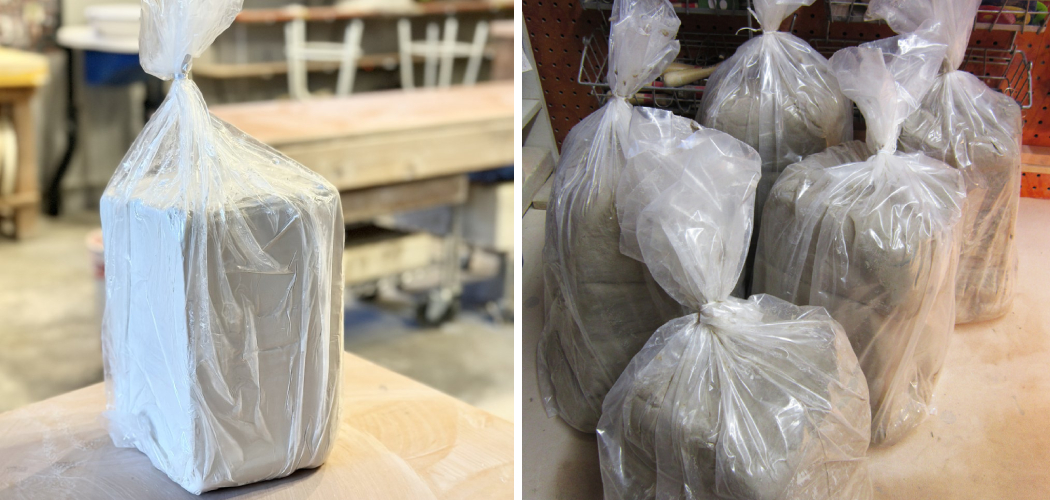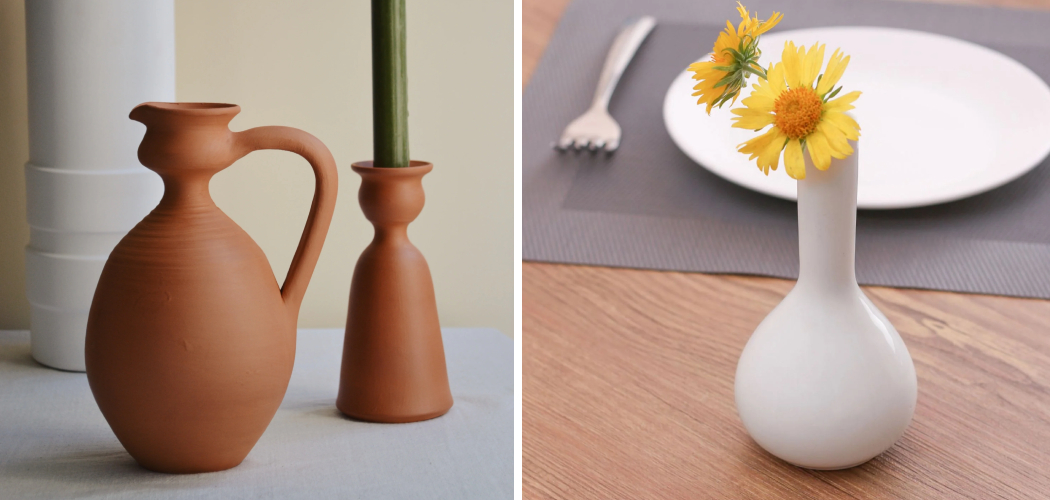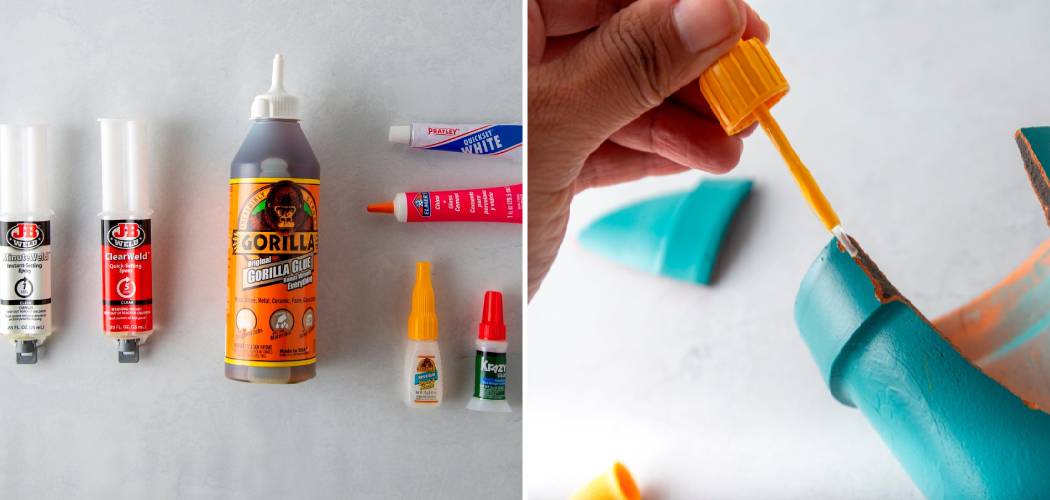Are you a pottery enthusiast or someone who loves working with clay? If so, you may find yourself with leftover or unused clay that has become dried or hardened. But fear not! Reclaiming clay is a practical and sustainable solution that allows you to recycle and reuse this valuable material.
By following a few simple techniques, you can restore your clay to a workable and pliable state, ready to be shaped and molded into new creations. In this article, we will explore various methods and tips on how to reclaim clay effectively.
Whether you have dry clay scraps, hardened clay pieces, or even slurry, we will guide you through the process of rejuvenating your clay, saving you money and minimizing waste. So, let’s dive into the world of clay reclamation and unlock the full potential of your artistic endeavors.
Table of Contents
Sorting and Storing Your Clay Scraps
Sorting and storing your clay scraps is an essential step in the reclamation process. It’s important to separate the different types of clay and keep them in airtight containers to prevent them from drying out. When sorting your clay scraps, it’s essential to consider the type of clay, the moisture content, and the color. You can sort your clay scraps by color, texture, or type of clay.
Once you have sorted your clay scraps, it’s important to store them properly. You can store your clay scraps in airtight containers, plastic bags, or sealed buckets. It’s important to keep your clay scraps moist to prevent them from drying out. You can add a little bit of water to your clay scraps to keep them moist.
The Importance of Clay Reclamation
Clay reclamation is a process that involves recovering clay from existing sources, such as abandoned mines or industrial sites. This type of recycling helps to conserve valuable natural resources, reduce landfilling rates and minimize the use of virgin materials. Additionally, it allows for reuse of clean clay that can be used in ceramics manufacturing or other applications.
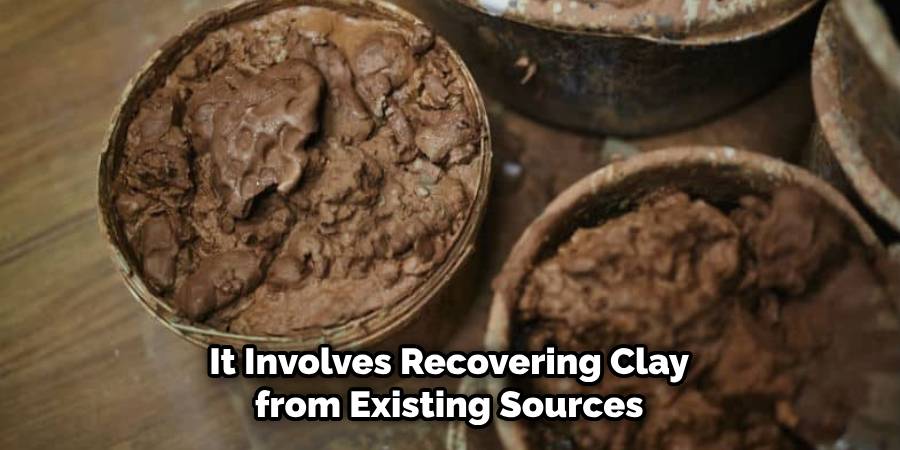
Clay reclamation is also beneficial to the environment by avoiding contamination of soil and water. Reclaimed clay can be used as a construction material, which helps reduce air pollution due to the decrease in production of concrete and other traditional building materials. Additionally, it can help create new habitats, especially if reclaimed clay is placed back into its natural environment.
Why Reclaiming Clay Is a Sustainable Practice
Clay has been used by humans for centuries to craft beautiful pottery, sculpture, and architecture. Reclaiming clay is a sustainable practice that allows us to reduce the environmental impact of extracting new clay from the earth. By reusing existing clay, we can minimize our reliance on finite resources while helping preserve the environment for future generations.
Reclaimed clay also offers a unique aesthetic when compared to newly extracted clay. It often has impurities that give it color variations and an interesting texture that can’t be replicated with modern production methods. This gives artists and craftsmen the opportunity to create one-of-a-kind creations with reclaimed clay.
Using reclaimed clay can also help us develop a more intimate understanding of our relationship with the land. It gives us an appreciation for the material history that is embedded within the clay and allows us to further explore our creative potential while creating something unique.
Reclaiming clay is just one way we can be more mindful of our consumption habits and ensure we are taking steps towards a more sustainable future. By making conscious decisions with how we interact with materials, we can ensure that these resources will remain available for generations to come.
10 Methods How to Reclaim Clay
1. Dry Clay Reclamation:
When dealing with dry clay scraps, start by breaking them into smaller pieces. Place the dry clay into a container and add water, allowing it to absorb the moisture. Knead and mix the clay thoroughly until it reaches a workable consistency.
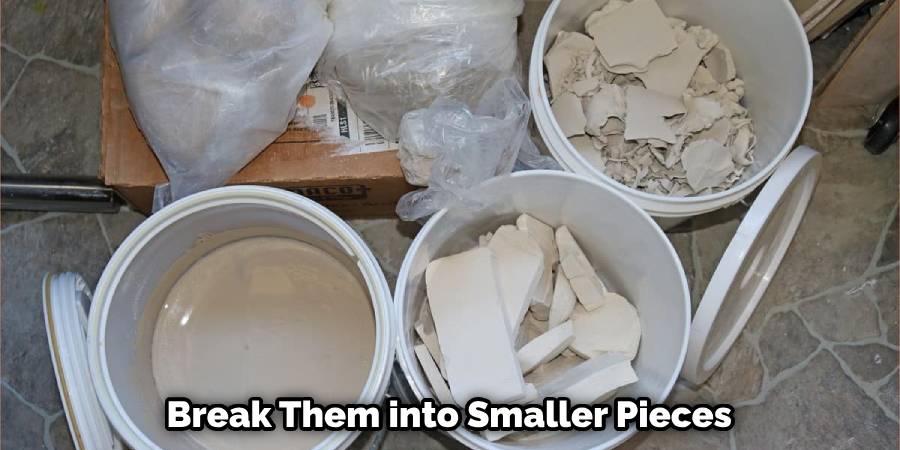
Remove excess water by wedging the clay, a process that involves repeatedly pressing and rolling the clay to distribute the moisture evenly. If there are still air bubbles in the clay, press it on a flat surface to release them before use. To prevent the clay from drying too quickly, cover it in plastic wrap or store it in an airtight container.
2. Hardened Clay Reclamation:
To reclaim hardened clay, break it into smaller chunks and soak it in water. Leave it to soak for several hours or overnight, allowing the water to penetrate and soften the clay. Once the clay has softened, knead it thoroughly, adding small amounts of water if necessary.
Continue kneading until the clay becomes pliable and workable. Once the clay has been softened, it can be used for any project. Although this method takes more time, it is an effective way to reclaim hardened clay. Try to avoid this method if possible, as the clay may become weak and fragile.
3. Slurry Clay Reclamation:
If you have clay in a slurry state, such as clay scraps mixed with water, the process involves separating the excess water from the clay. Pour the slurry into a container and let it settle for a few hours or overnight.
The clay particles will sink to the bottom, while the excess water will remain on the surface. Carefully pour off the water and collect the settled clay. Allow the clay to dry partially before kneading it to the desired consistency.
4. Clay Recycling Machine:
Clay reclamation can be greatly accelerated by purchasing clay recycling equipment. These machines break down clay scraps, mix them with water, and extract excess water to produce reusable clay. Follow the manufacturer’s instructions for operating the machine and ensure the clay is properly wedged before use.
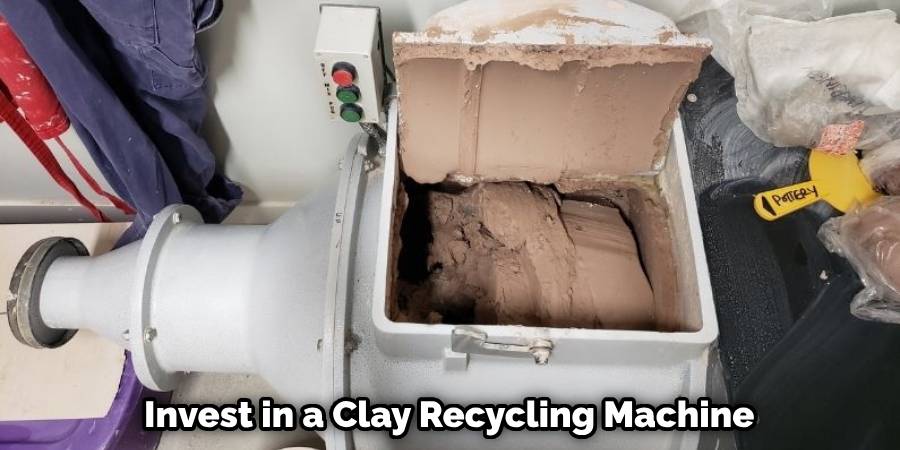
Additionally, be sure to keep the machine clean and maintain it as recommended. This will ensure the clay produced is of high quality and free from debris or contaminants. With the right care and maintenance, a clay recycling machine can be a great asset to any pottery studio.
5. Pugmill:
A pugmill is a device commonly used in pottery studios to reclaim clay efficiently. It combines clay scraps with water, removes air bubbles, and extrudes the clay in a consistent and workable form. Feed the clay scraps into the pugmill, add water as needed, and let the machine do the work. The extruded clay can be collected, wedged, and used for your next project.
6. Drying and Rehydrating Clay:
If your clay has become too dry, consider rehydrating it before reclaiming it. Place the dry clay in a plastic bag or airtight container and add small amounts of water. Seal the bag or container and allow the clay to absorb the moisture over several days.
Monitor the clay’s consistency and add water as needed until it reaches a workable state. Once the clay has reached a workable consistency, it can be reclaimed. If the clay is still too dry, you may need to add additional water and allow it to sit for a few more days before attempting to reclaim it.
7. Clay Slaking:
Clay slaking is a process that involves gradually adding water to dry clay to break it down into a slurry. Place the dry clay in a container and slowly add water, allowing the clay to absorb the moisture. Stir the mixture periodically to encourage the breakdown of clay particles. After a few hours or overnight, the clay will transform into a workable slurry that can be poured off, dried, and reconstituted as needed.
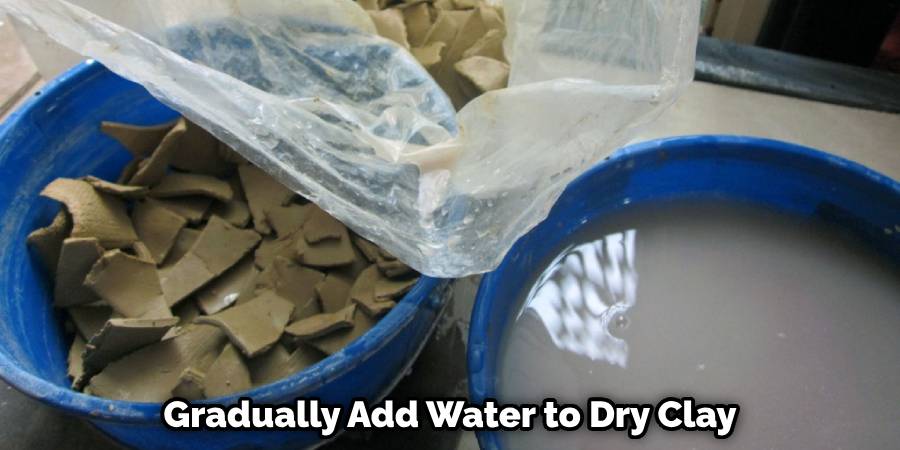
8. Clay Particle Separation:
If your clay contains impurities or contaminants, clay particle separation can be employed to remove unwanted materials. Mix the clay with water to create a slurry and allow it to settle in a container. The heavier particles, such as stones or debris, will sink to the bottom, while the lighter impurities will float to the surface.
Carefully pour off the water and collect the settled clay, ensuring that the unwanted materials are removed. Alternatively, a centrifuge or screen sieve can be used to separate heavier and lighter particles.
9. Clay Reclamation through Slip Casting:
Slip casting is a technique commonly used in ceramics that can be adapted for clay reclamation. Mix your clay scraps with water to create a thin slurry or slip. Pour the slip into plaster molds, allowing the plaster to absorb excess water from the clay. As the water is drawn into the plaster, a solid clay form will develop within the mold. Remove the casted clay piece, let it dry, and use it as reclaimed clay for your projects.
10. Clay Recycling Cooperative:
Consider joining or forming a clay recycling cooperative with fellow potters or clay enthusiasts in your community. Collaboratively collect clay scraps, pool resources, and share the clay reclamation process. This approach not only fosters sustainability but also creates a supportive network of artists who can learn from one another and share valuable insights and experiences.
Conclusion
Reclaiming and reusing your clay scraps is not only a cost-effective solution but also an environmentally friendly one. By embracing sustainability in your ceramic practice, you can reduce your environmental impact and create unique, one-of-a-kind pieces. We hope this blog post has inspired you to start reclaiming and reusing your clay scraps and exploring new techniques in your ceramic practice.
Remember to sort and store your clay scraps properly, experiment with different techniques, and have fun! Follow these simple instructions outlined in this blog post about how to reclaim clay and you’ll be able to get the job done with ease.



